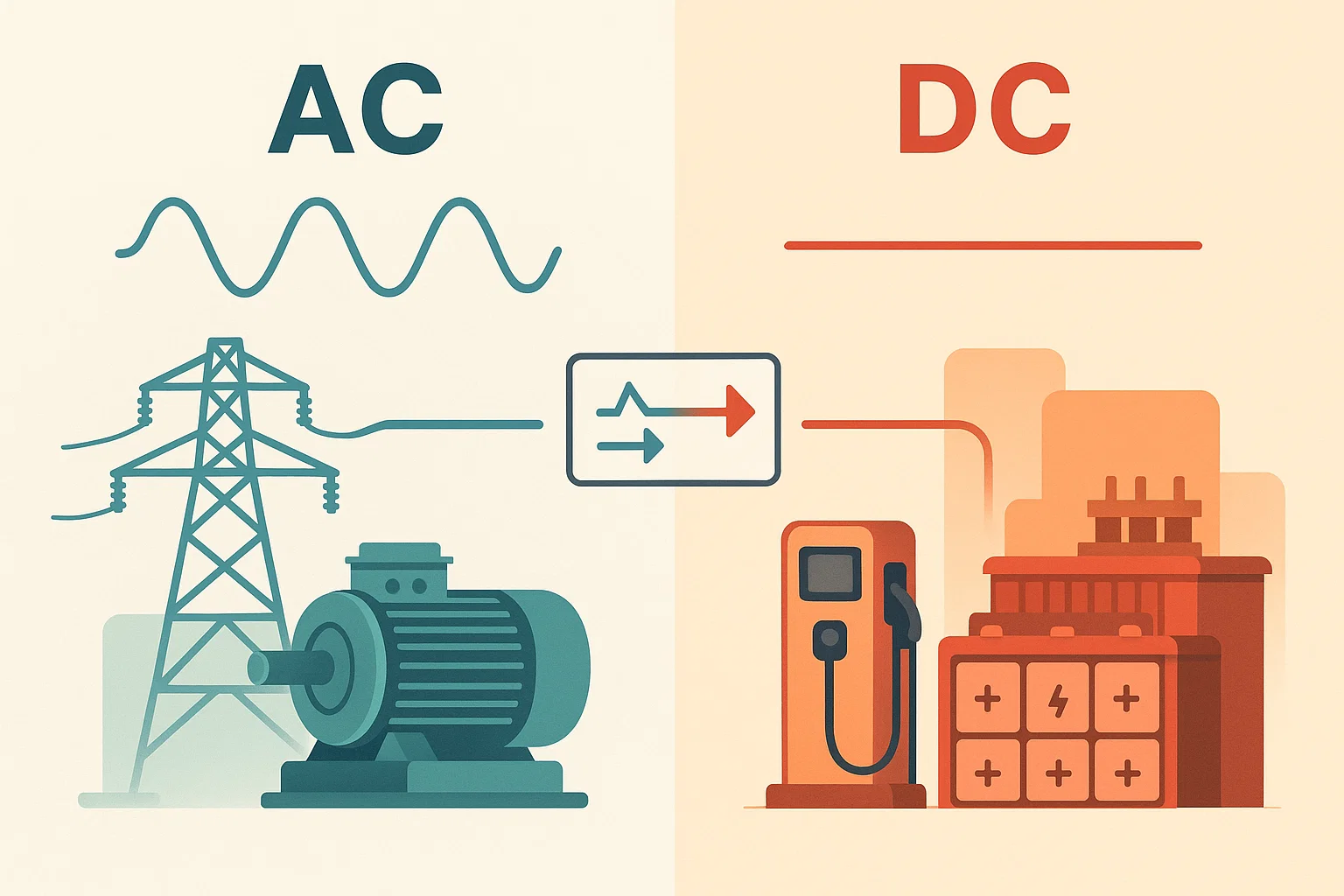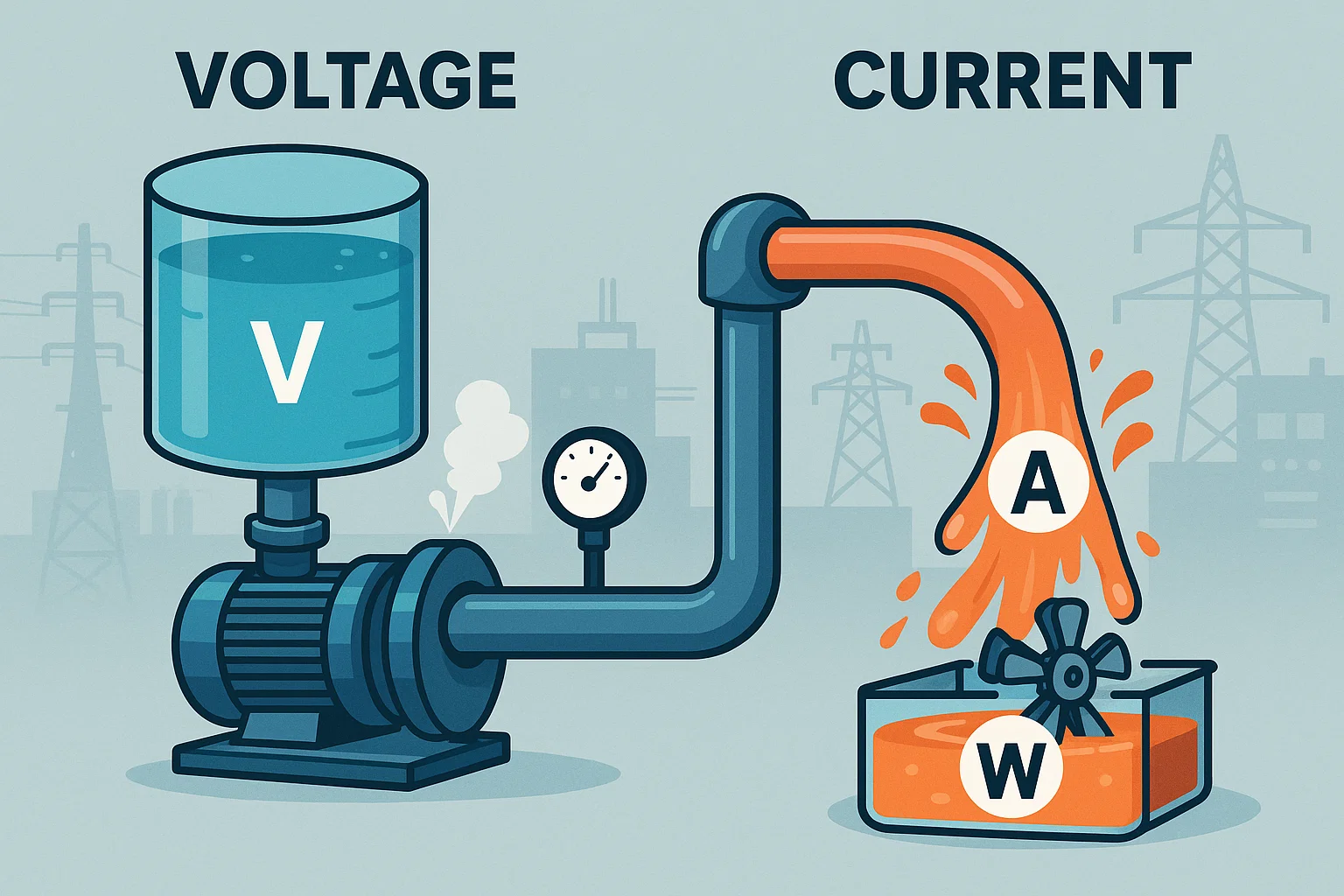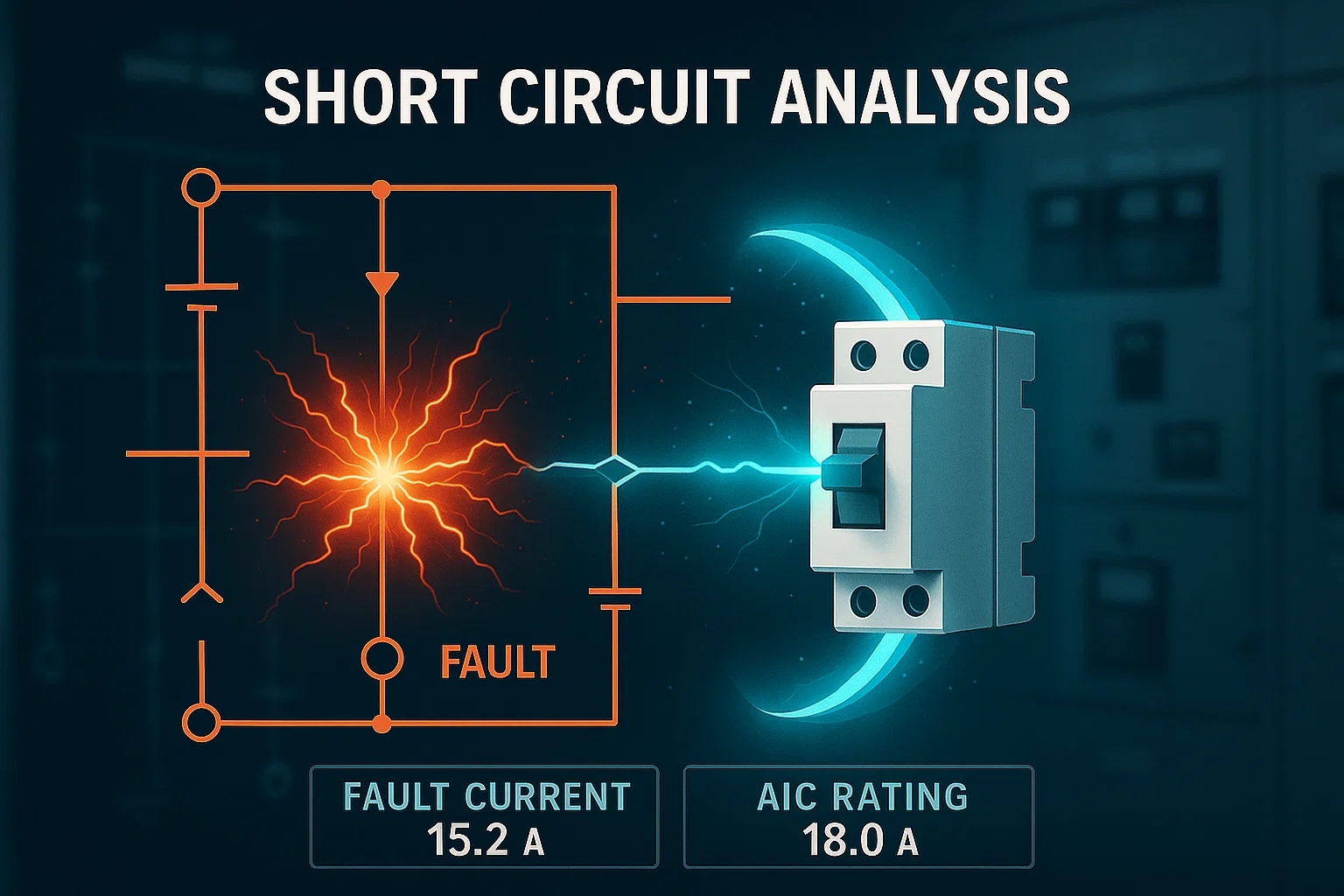AC vs. DC Current: Powering Modern Industry with the Right Choice
Explore the fundamental differences, unique advantages, and optimal applications of Alternating Current (AC) and Direct Current (DC) in today's industrial and commercial landscapes.

In the vast world of electricity, two primary forms of current underpin nearly all modern technology: Alternating Current (AC) and Direct Current (DC). While both deliver power, their inherent characteristics make them suited for very different applications in industrial and commercial settings.
Key Differences at a Glance
- AC (Alternating Current): Characterized by its voltage and current periodically reversing direction. This oscillation allows for efficient voltage transformation using transformers, making it ideal for long-distance transmission and large-scale power distribution.
- DC (Direct Current): Maintains a constant polarity, meaning current flows in a single, consistent direction. DC is the fundamental power source for most electronic devices, batteries, and precision control systems.
Where AC Dominates
AC's ability to easily step up and step down voltage via transformers gives it a distinct advantage for widespread power distribution:
- Facility Power Distribution: The electrical grids that power our cities and industries predominantly use AC. Within a facility, AC is distributed from utility connections to various points, efficiently adapting voltage levels for different machinery and systems.
- Large Motors and Heavy Machinery: Many high-power industrial motors (like induction motors) and large HVAC systems are designed for AC power, leveraging its properties for robust and scalable operation.
- Grid Interconnection: AC is the standard for connecting to the main power grid and for generating electricity in power plants, facilitating efficient transmission over long distances with minimal losses.
Where DC Provides Optimal Solutions
DC power, with its stable and consistent flow, is indispensable for precision and stored energy applications:
- Electronics and IT Infrastructure: All modern electronic devices, from smartphones to large data center servers, operate on DC power. This includes computers, telecommunications equipment, and low-voltage control systems.
- LED Lighting: LEDs are inherently DC devices. While many LED products accept AC input, they contain internal converters to supply DC to the diodes, highlighting DC's fundamental role in energy-efficient lighting.
- Battery-Based Systems: Batteries store and discharge energy as DC. This makes DC critical for Uninterruptible Power Supplies (UPS), renewable energy storage (solar, wind), and electric vehicles (EVs).
- Variable Speed Drives (VSDs/VFDs): Many modern drives convert incoming AC to DC internally, then invert it back to variable-frequency AC to precisely control motor speed. This internal DC bus is key to their efficiency and control capabilities.
- EV Charging Infrastructure: Fast chargers for electric vehicles deliver high-power DC directly to the vehicle's battery, bypassing the car's onboard AC-DC converter for quicker charging times.
The Role of Conversion in Modern Systems
In contemporary industrial environments, AC and DC often coexist, requiring frequent conversion between the two. Equipment like rectifiers convert AC to DC, while inverters convert DC to AC. Each conversion stage, while necessary, introduces:
- Energy Losses: No conversion is 100% efficient, resulting in some energy dissipation as heat.
- Potential Harmonics: Non-linear loads and conversion equipment can introduce harmonic distortion into the AC supply, impacting power quality.
Intelligent system design seeks to minimize unnecessary conversions to improve overall energy efficiency and power quality, for example, by utilizing DC microgrids for dedicated DC loads.
Making the Right Choice
The decision to use AC or DC, or a combination of both, depends heavily on the specific application, distance, power levels, and efficiency goals:
- Opt for AC for long-distance power transmission, facility-wide distribution, and powering robust, high-power rotating machinery.
- Choose DC for all electronic devices, battery storage, precise control systems, and emerging applications like dedicated DC microgrids for data centers or specialized industrial processes.
Ultimately, a deep understanding of both AC and DC, and the optimal use of conversion technologies, is essential for designing resilient, efficient, and cost-effective electrical systems in modern industry.


